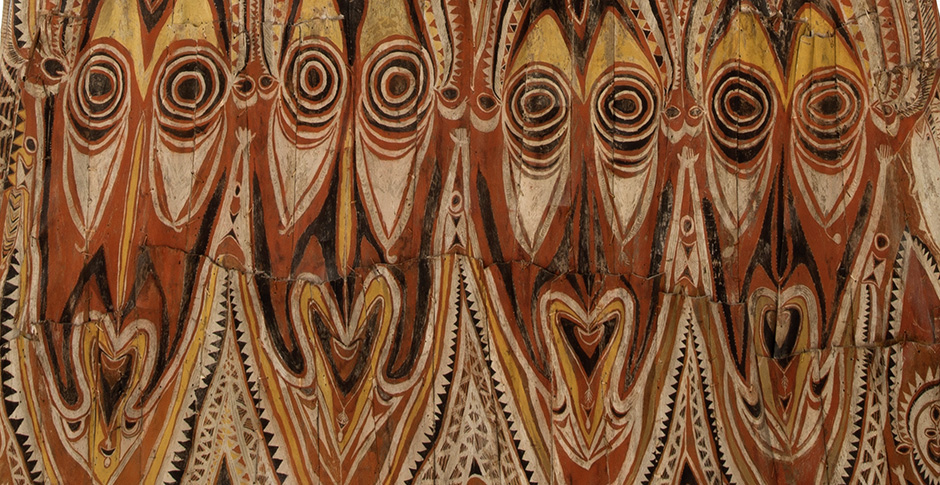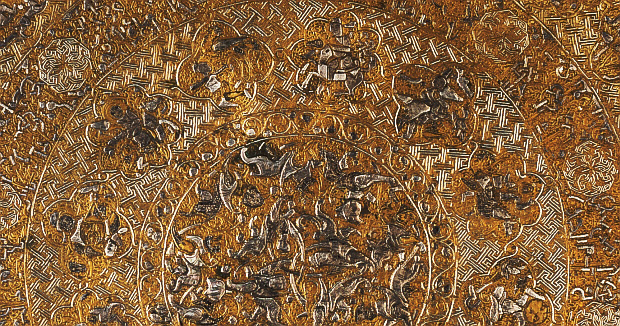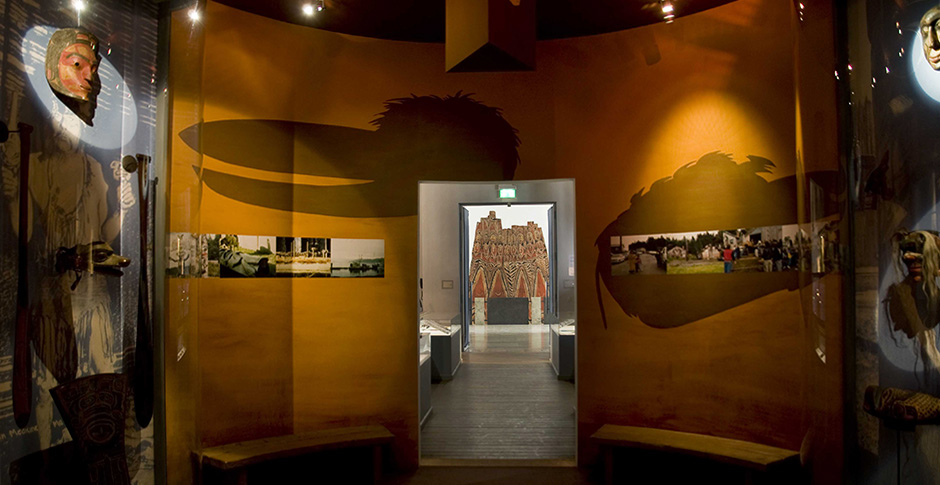Oceania. Island Worlds in the Pacific
More than 7,500 atolls and islands are scattered over the broad expanse of the Pacific Ocean. This world covers over one third of the earth’s surface and is known today as Oceania. Europeans have subdivided the huge area geographically and culturally in Melanesia (the “black” islands), Micronesia (the “small” islands), and Polynesia (the “many” islands).
For the inhabitants, the ocean was never a dividing factor but on the contrary one which has always connected people and cultures. In the Oceania exhibition you will see objects unique in the world which demonstrate this connection and offer insights into traditional lifestyles.
The richly ornamented fishing boat from Botel Tobago, the artistic stick chart from the Marshall Islands and the painted paddles from the Solomon Islands bear witness to the outstanding maritime skills of this region.
Malanggan masks from New Ireland, ceremonial boards from Papua-Neuguinea and ancestor figures from the Cook Islands serve as an introduction to the local worlds of religious ideas and rituals.
To this day many Oceanians believe that their ancestors created and shaped the world and taught their descendants how to interact properly with each other and with nature.
Magnificent works of art and ingeniously designed objects reflect such tales of creation and traditions about the nature of the world.




